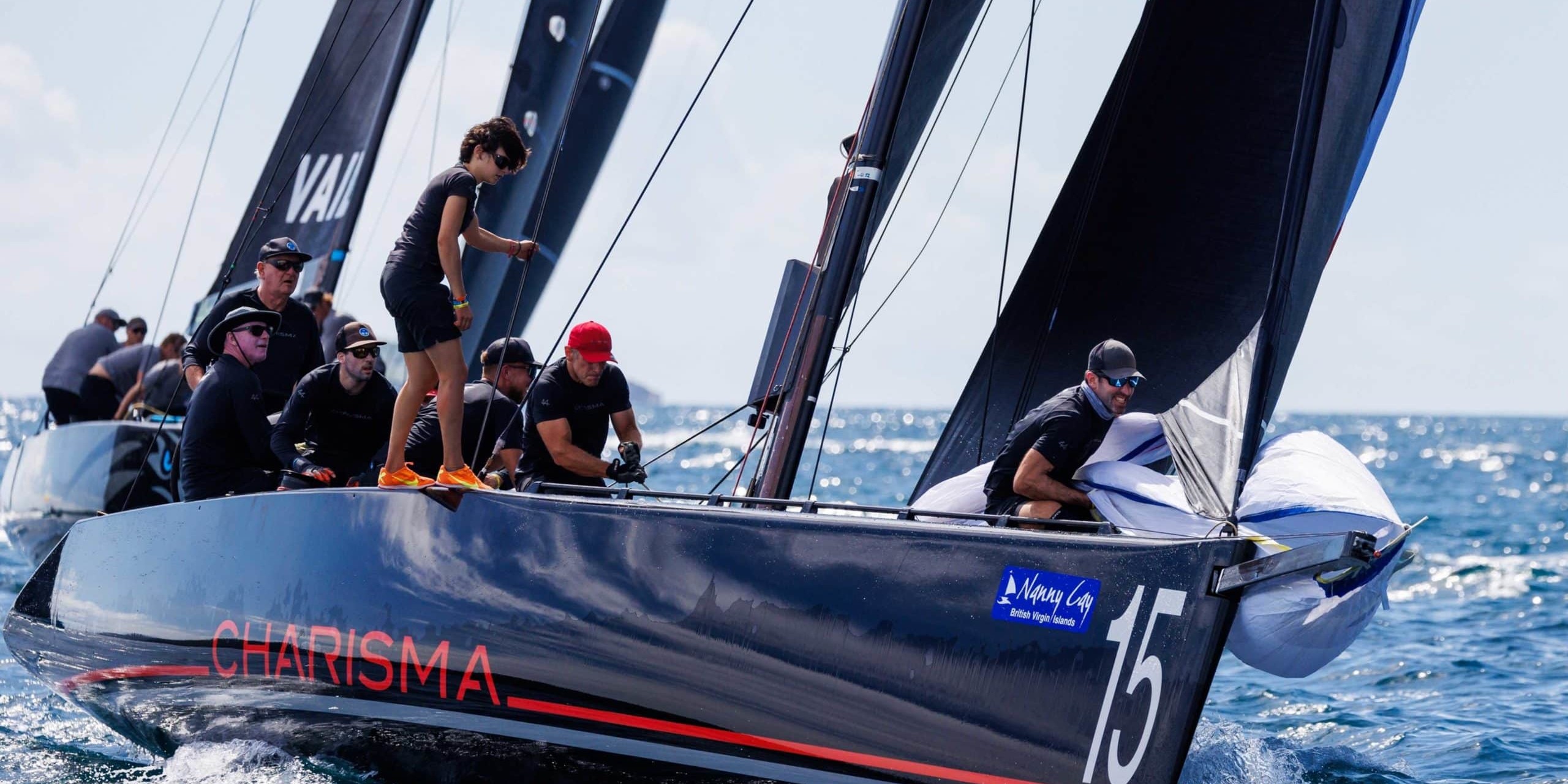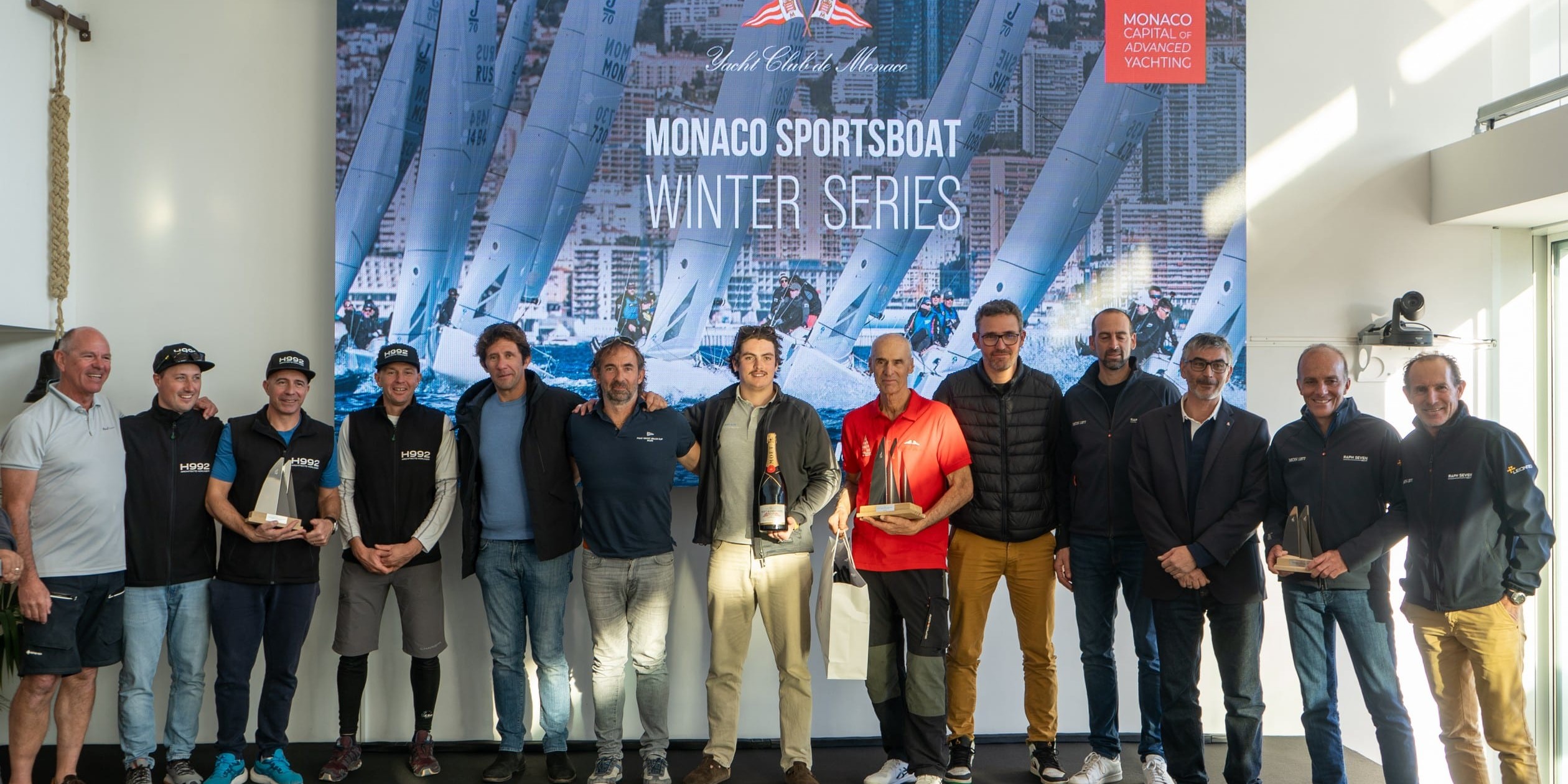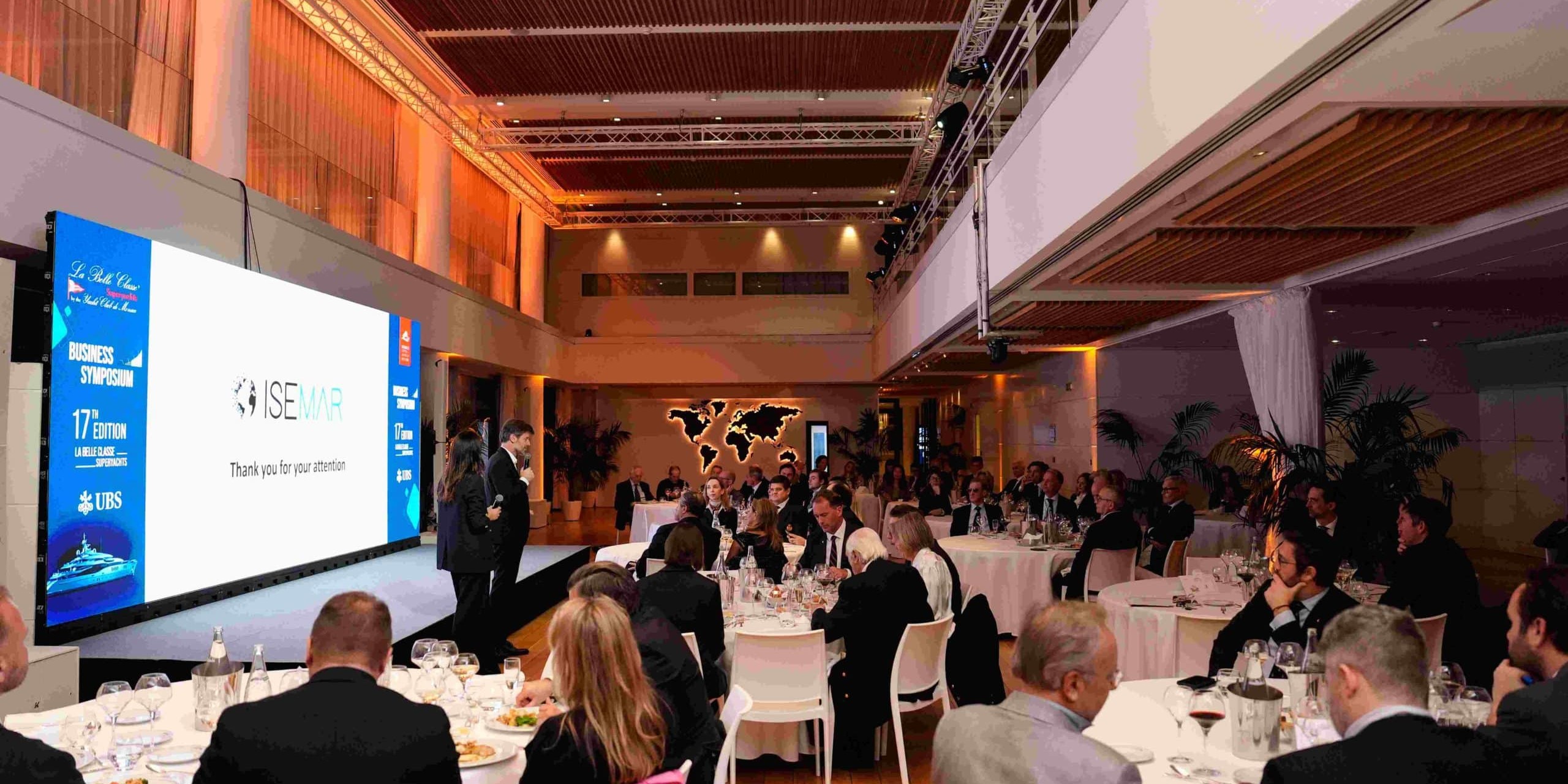Monaco Energy Boat Challenge Meetings
The Energy Boat Challenge round table held on the afternoon of Thursday 24 March 2022, on the occasion of the Monaco Ocean Week taking place at the Monaco Yacht Club from 21 to 25 March, enabled the speakers to discuss the theme of “Low carbon strategy and added value in yachting”, following two introductory keynotes which set the context.
The first, a speech by Mr Renaud Dupuy de la Grandrive, Secretary of MEDPAN (NGO for the management of marine protected areas in the Mediterranean), explained how, under the aegis of the United Nations, the number and surface of marine protected areas will be developing. Currently covering only 8% of the oceans, of which only 2% are highly restricted, Mr. Dupuy de la Grandrive explained how the number and surface of marine protected areas should be increased by 2030. Dupuy de la Grandrive said that the objective is to reach 30% of marine protected areas by 2030, particularly in the Mediterranean and near coastal areas, following the example of Monaco where the Larvotto area and its 33ha are already part of the region’s MPAs; The aim is to avoid both pollution and noise emissions in these areas, but also to preserve the Posidonia fields, a seaweed essential to the survival of the Mediterranean ecosystem and biodiversity, which is too often uprooted by boat anchors.
The second presentation, by Laurent Perignon for the Yacht Club de Monaco, explained the context of the IMO’s greenhouse gas (GHG) emission reduction targets, and detailed the avenues envisaged to achieve a 30% reduction by 2030 compared to the 2008 reference total of emissions, and 50% by 2050, i.e. respectively an effort of 40% and 70% of total reduction compared to the anticipated increase in the fleet of ships.
While explaining that world shipping accounts for 3% of GHG emissions, and that within this, it can be estimated that large yachts (over 24m) account for only 0.5% (based on the Energy Efficiency Design Index formula developed by IMO), i.e. 0.015% of the total, Mr Perignon insisted on the fact that the world’s shipping industry is a major source of GHG emissions. Perignon stressed that all stakeholders have an important role to play and that there should be no misunderstanding: in order to achieve the objectives set by IMO, the existing fleet would have to reduce its emissions by 65% if all the new yachts joining it by 2030 were “zero emission”, and a reduction of around 80% if this is not the case.
Referring to the avenues to be worked on in the continuity of the MARPOL Annex VI regulation, the benefits of which he praised in substance, but underlined the slowness of its implementation, Mr Perignon said that, on the one hand, the MARPOL Annex VI regulation was a good example of the need to reduce emissions. Laurent Perignon explained how better ship management, whether in terms of speed reduction, energy optimisation or design, should already make it possible to reduce the impact of yachts on the environment by 20-25%; and he also detailed how the use of environmentally friendly alternative fuels was already possible, despite certain complexities in terms of costs and infrastructure, when the technologies enabling the transition exist and are mature.
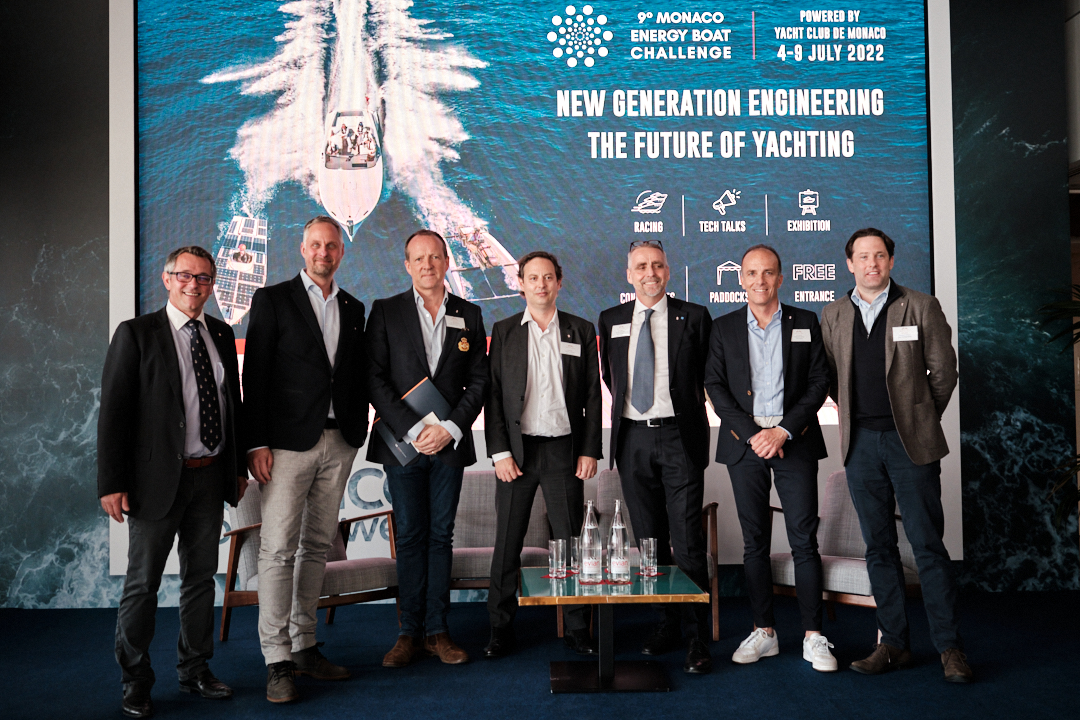
Conditions for progress
The guests at the first part of the round table, Mr Engel Boer, in charge of yachting for the classification society Lloyd’s Register, Mr Charles Dence, partner at Spark Marine Projects, and Mr Jeroen Droogsma, in charge of innovation at the Dutch designer Vripack, followed up on Mr Perignon’s explanations of the ‘upstream’ part of yachting, i.e. the design and construction of the vessels. Mr Boer did not beat about the bush. As an official of a classification society whose principle is risk analysis, he insisted on the resistance to change of the sector and its players, faced with what he called the “trilemma”: ecological, technological and economic. Explaining how his job was to ensure that a ship was working properly, he confirmed that everything was in place, both technology and regulatory, to anticipate the transition and ensure that today’s yachts were already as low-carbon as possible. Mr Droogsma quickly followed suit: considering that technological developments are only possible through collaboration between the various players, Mr Droogsma praised the work of the universities taking part in the Energy Boat Challenge, while calling on the shipyards to become more involved in this experimental work, despite the costs (which some would call investments) involved. Mr. Dence shared his “market” experience: he felt that a small minority of shipowners, and therefore of shipyards, were involved in innovative projects, and that, while the notion of “premium” value for eco-responsible yachts was acceptable to the market, it was difficult to say how high it could be. Mr Farouk Nefzi, Marketing Director at Feaship, present in the room, did not fail to react, explaining that several shipyards, in particular those building large units, are increasingly being asked by shipowners to improve the situation, that they are anticipating their requests, and that many decarbonised projects are underway.
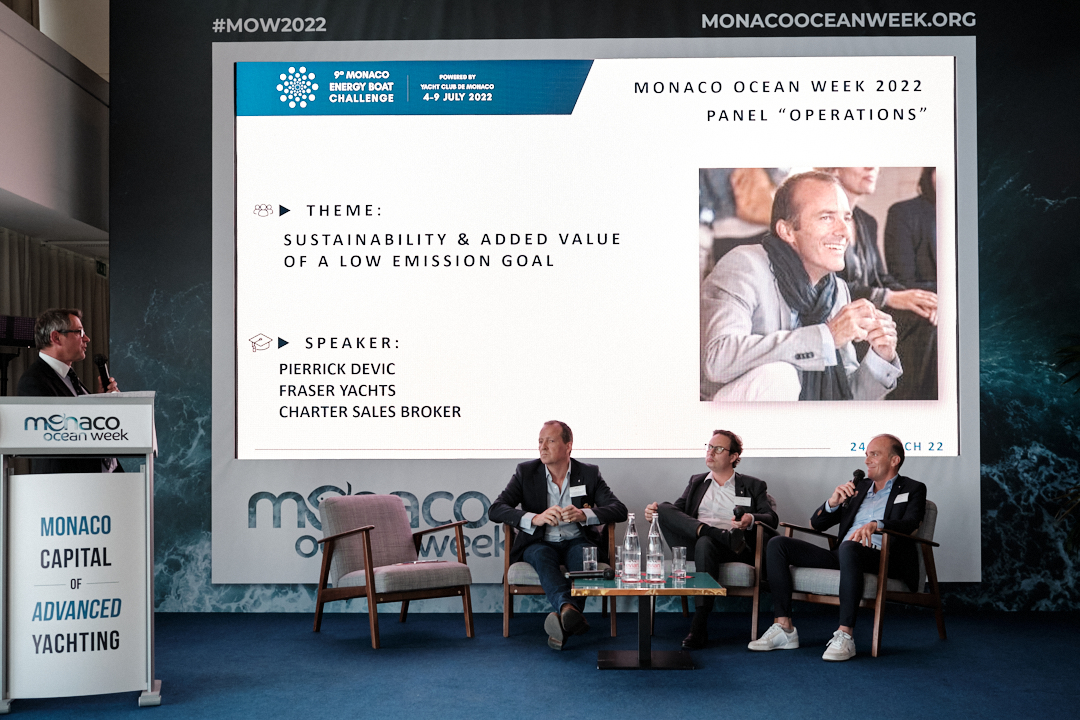
The chicken and the egg
The second part of the round table was devoted to the ‘downstream’ and operational dimension of yachts, once they are launched. It brought together Mr Nicolas Mior, in charge of yachting at the insurer Jutheau-Husson, Mr Patrick Coote, European director of the brokerage firm Northrop & Johnson, and Mr Pierrick Devic, charter broker at Fraser Yachts. Reflecting on the previous remarks, Mr Mior confirmed that opting for innovative and environmentally friendly technological solutions was not a problem for insuring a yacht, quite the contrary. He even noted that insurers were in favour of it because it also reflected a state of mind, as shipowners who made such investments were keen to manage and maintain their vessels well. Thus, without fear of having higher insurance premiums, it was not inconceivable that cleaner yachts could, on the contrary, benefit from a sort of ecological bonus. When asked about the market’s perception of the possible added value, in the short and long term, of more environmentally friendly yachts, Devic and Coote were rather blunt. Mr. Devic explained that Fraser Yachts had wanted to promote the issue to its owners and captains for the past three years, but that the situation remained that of a “chicken and egg” problem, with the market offer being more than insufficient to lead charter clients to choose between “polluting” and “clean” yachts. In these conditions, estimating a difference in rates between these two categories for the same profile was a challenge. Mr Coote explained that the market had not yet entered its “early adopter” phase and that, if one were to compare it with the adoption of photovoltaic technology, the waiting time could still be long. Both nevertheless sounded a note of optimism, hoping that with new, more eco-friendly units coming onto the market, the knock-on effect could be felt quickly. All agreed that the added value of “green” yachting would be very real in the medium term, particularly in the context of the evolution of the Emission Control Areas highlighted by the IMO, which could soon encompass the whole of the Mediterranean, as well as to meet the expectations of the younger generations, who are much more sensitive to these issues than their elders.
The conclusion of this round table, a mixture of dismay at the current situation and a fierce optimism, was perhaps found in the summary offered at the end of the session by Mr Espen Oeino, a naval architect: whether it was a question of protected areas, a carbon tax or alternative fuels, Mr Oeino felt that developments could only be accelerated if there was political will. Pointing out, as an unfortunate example, how the Ukrainian crisis had precipitated the increase in fossil fuel prices, he insisted on the fact that the adoption of decarbonised solutions by a greater number of people could only be achieved if an economic-ecological balance could be envisaged, going hand in hand with the development of suitable infrastructures and the ambition of the public authorities to lead the energy transition by making clear and assumed choices that would also allow the related additional costs to be more easily assimilated in use.
This subject was just a warm-up for the upcoming discussions to be held on the 7th and 8th July at the Yacht Club de Monaco at the occasion of the Monaco Energy Boat Challenge.
The 9th edition of the Monaco Energy Boat Challenge organised by the Yacht Club de Monaco will take place from 4 to 9 July 2022, It will bring together over thirty teams from all around the world, and will offer, in addition to the traditional competitions on the water, an on water & indoor exhibition highlighting innovative solutions designed to reduce the environmental impact of boat propulsion along with conferences and round tables.
Dernières publications
16 February 2025
First stage first win for Nico Poons
RC44 - 44Cup Nanny Cay It’s called getting a grip on the season from the start, as demonstrated…
9 February 2025
A 100% Monaco Podium
Monaco Sportsboat Winter Series – Act III 6-9 February 2025 Sunday, 9 February 2025. Act…
7 February 2025
Yachting and geopolitics: Economic challenges and adaptations in a changing world
Each year, the Yacht Club de Monaco brings together key players from the international yachting…

